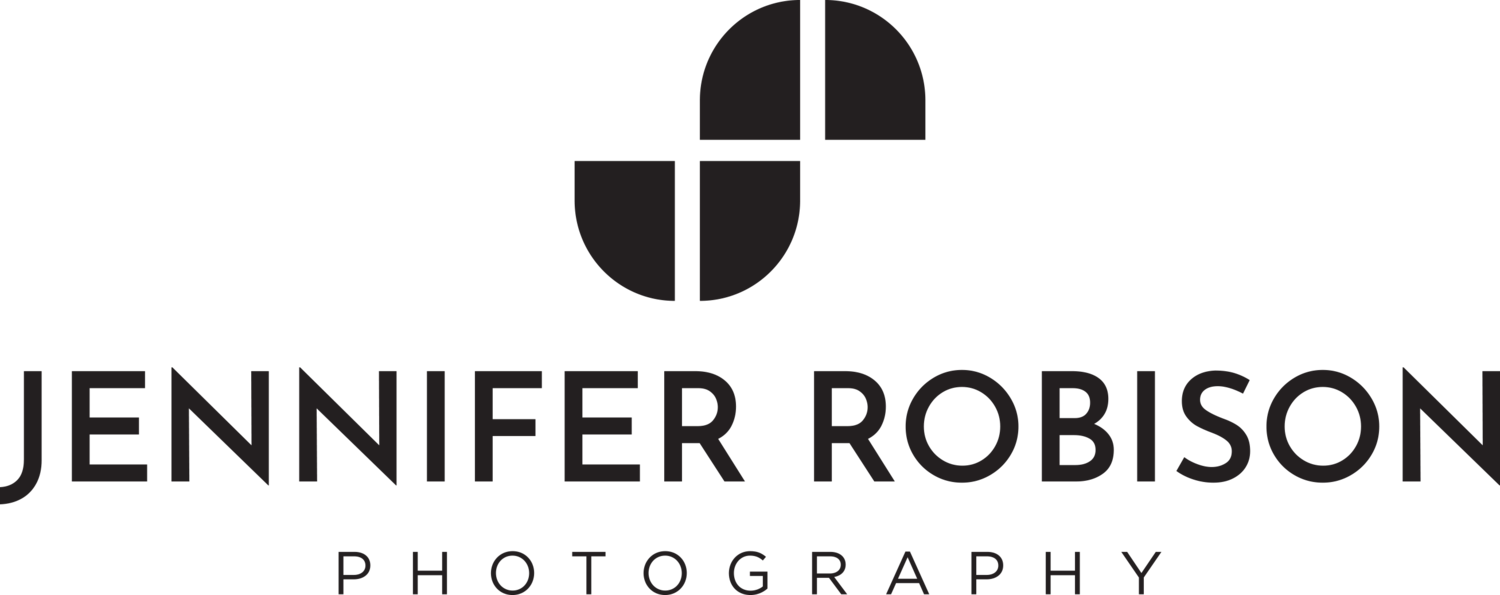Photo Assignment: Light Painting in Introductory Photography
This technique perfectly blends technical skill with creative expression. Light painting involves creating images by moving light sources during a long camera exposure. This method helps students grasp key photographic concepts like controlling exposure, light behavior, and time as an element.
Here are some steps to help you get started with painting with light in photography:
Choose your subject and set up your camera. This can be a person, an object, or a landscape, and you should consider the composition and placement of your subject in the frame.
Determine the direction and quality of the light. Painting with light works best in low light conditions, and you can use a flashlight or other light source to add light to your subject from a specific direction.
Use a slow shutter speed. In order to capture the movement of light, you will need to use a slow shutter speed on your camera. This will allow more light to enter the lens and will capture the movement of the light source as it is "painted" onto your subject.
Experiment with different light sources. You can use a variety of light sources to create different effects, such as a flashlight, a sparkler, or even a candle. Try moving the light source closer to or further away from your subject, and experiment with different colors and intensities of light to see how it affects the final image.
Practice and have fun. Painting with light can take some time to master, so don't be afraid to experiment and try new things. The more you practice, the better you will become at creating striking and unique images using this technique.
Tips for success
Use a dark space where you can cut away most of the ambient light.
A tripod is a must for this technique because we want to prevent camera shake since our shutter speed is slow. Source different light producing objects & modifiers. Ex. flashlight, string lights, off camera flash, empty bottles, colored gels...
Dial-in Ambient Light Exposure, start with a shutter speed of 5-10 seconds and then dial your Aperture and ISO to black out the space/room.
Focus on the subject then put the lens in manual focus mode before making an exposure.
Set the timer on the camera or use a shutter release app.
Do
Have fun and be creative.
Experiment with different light sources.
Express an idea or communicate a message.
DO NOT
Point laser pointers directly into your lens. They are cool pointed at an object but it can ruin the sensor so avoid shining it into the lens.
Get frustrated when something does not work, try adjusting the aperture or ISO for brightening or darkening. Remember shutter speed controls time. If you need more time to paint/draw then add seconds.
Start by using little children or pets, they move a lot and will be blurry.
Draw hearts with sparklers or anything else on page one of google images painting with light.LOL be creative






